Mystery fruit - looks like apricot?
Mama_Otter
11 years ago
Featured Answer
Sort by:Oldest
Comments (42)
fabaceae_native
11 years agoRelated Professionals
Baltimore Landscape Architects & Landscape Designers · Brentwood Landscape Architects & Landscape Designers · Hyattsville Landscape Architects & Landscape Designers · Wilmington Landscape Contractors · Berkeley Heights Landscape Contractors · Burlington Landscape Contractors · Eagle Landscape Contractors · Emmaus Landscape Contractors · Gloucester Landscape Contractors · Lantana Landscape Contractors · New Braunfels Landscape Contractors · Seymour Landscape Contractors · Tavares Landscape Contractors · Yuba City Landscape Contractors · San Pablo Landscape Contractorsltilton
11 years agoScott F Smith
11 years agoMama_Otter
11 years agomarknmt
11 years agomrsg47
11 years agoScott F Smith
11 years agoMama_Otter
11 years agomarknmt
11 years agomilehighgirl
11 years agoltilton
11 years agomarknmt
11 years agomrsg47
11 years agoMama_Otter
11 years agomilehighgirl
11 years agomrsg47
11 years agojmcreynolds84
8 years agoparker25mv
8 years agolast modified: 8 years agorosinagutierrez
8 years agofloral_uk z.8/9 SW UK
8 years agoAustin keller
7 years agowendy_gehrig
7 years agoKarla Ramos
7 years agoparker25mv
7 years agolast modified: 7 years agobronkognom
7 years agoNatalya Selivanova
5 years agolast modified: 5 years ago1507mouse .
5 years agoRobert Self
5 years agolast modified: 5 years agogardengal48 (PNW Z8/9)
5 years agofloral_uk z.8/9 SW UK
5 years agoSally
5 years agoLynda (Zn9b/23 - Central CA Coast)
5 years agofloral_uk z.8/9 SW UK
5 years agoTheresa Wong
4 years agoHU-149728724
4 years agofloral_uk z.8/9 SW UK
4 years agolast modified: 4 years agoHU-739268464
3 years agoMahmood Ali
3 years agolast modified: 3 years agoMahmood Ali
3 years agoMahmood Ali
3 years agofloral_uk z.8/9 SW UK
3 years ago
Related Stories
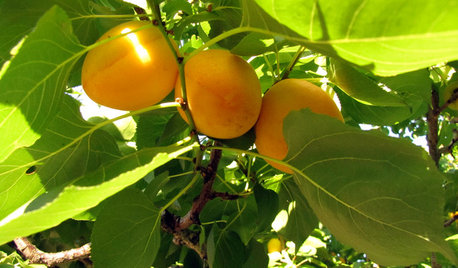
EDIBLE GARDENSHow to Grow Your Own Apricots
Velvety fruit, pretty blossoms and interesting bark make apricot trees a delight — and they’re great for smaller gardens
Full Story
DECORATING GUIDESDesign Mystery: Why Do Pineapples Sprout Up in Home Design?
Early Americans were bananas about pineapples — and we’re still reaping the benefits of the sweet fruit’s symbolism today
Full Story
EDIBLE GARDENSGrow Plum Hybrids for Your Favorite Fruit Flavors
Plums are cozying up with apricots, peaches and even cherries — here’s how to grow these hybrids for the best aspects of each
Full Story
LANDSCAPE DESIGNGet the Mystery of a Gothic Garden for Yourself
Create an enchanting and tranquil scene with the stonework and wayward plantings of Gothic garden design
Full Story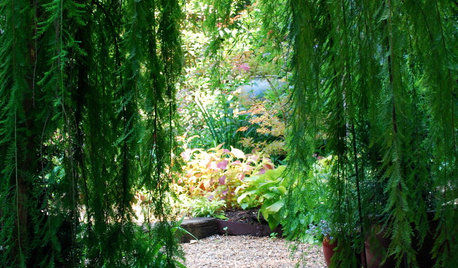
LANDSCAPE DESIGNTo Make Your Garden Memorable, Add a Hint of Mystery
An element of mystique — intriguing gates, an interplay of light and shadow, hidden views — can take your garden to the next level
Full Story
FARM YOUR YARDIf You Have Room for Only One Fruit Tree ...
Juice up a small garden with one of these easier-care or worth-the-effort fruit trees for a mild climate
Full Story
EDIBLE GARDENSHow to Grow 10 Favorite Fruit Trees at Home
Plant a mini orchard in fall, winter or early spring to enjoy fresh-off-the-tree fruit the following year
Full Story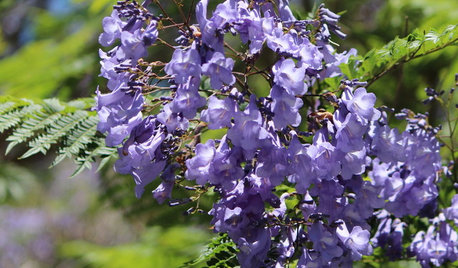
CALIFORNIA GARDENINGCalifornia Gardener's July Checklist
Bite into tree-fresh apricots, inhale delightful garden perfumes and continue planting vegetables for a late-summer harvest
Full Story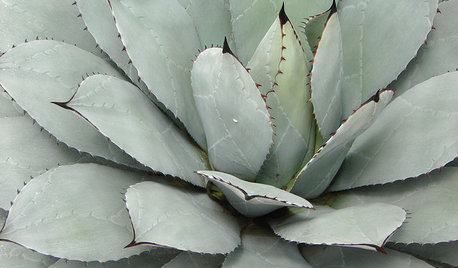
FOLIAGEGet a Cool Garden Look With Gray and Blue Plants
Looking for plants that calm with color in the heat of summer? Look no further than these 14 soothing beauties
Full Story
KITCHEN OF THE WEEKKitchen of the Week: Fans of Traditional Style Go For a ‘Mad Men’ Look
The TV show inspires a couple to turn their back on the style they knew and embrace a more fun and funkier vibe in their kitchen
Full Story





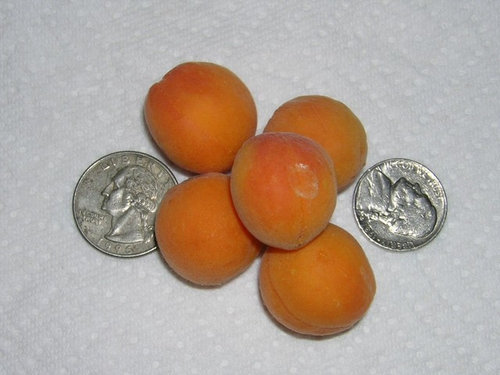
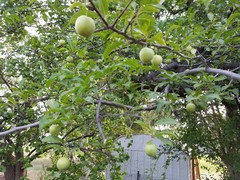
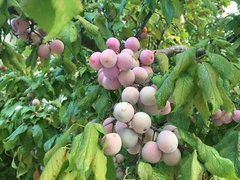
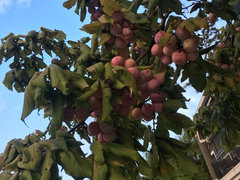

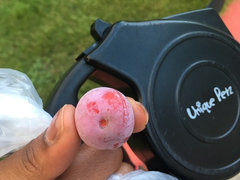
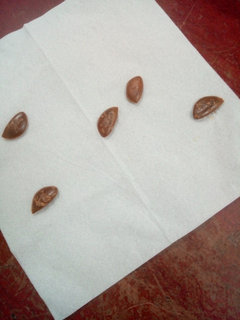
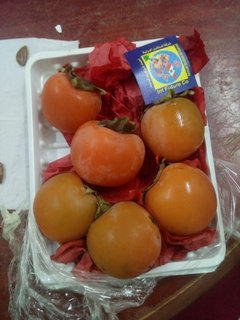

marknmt